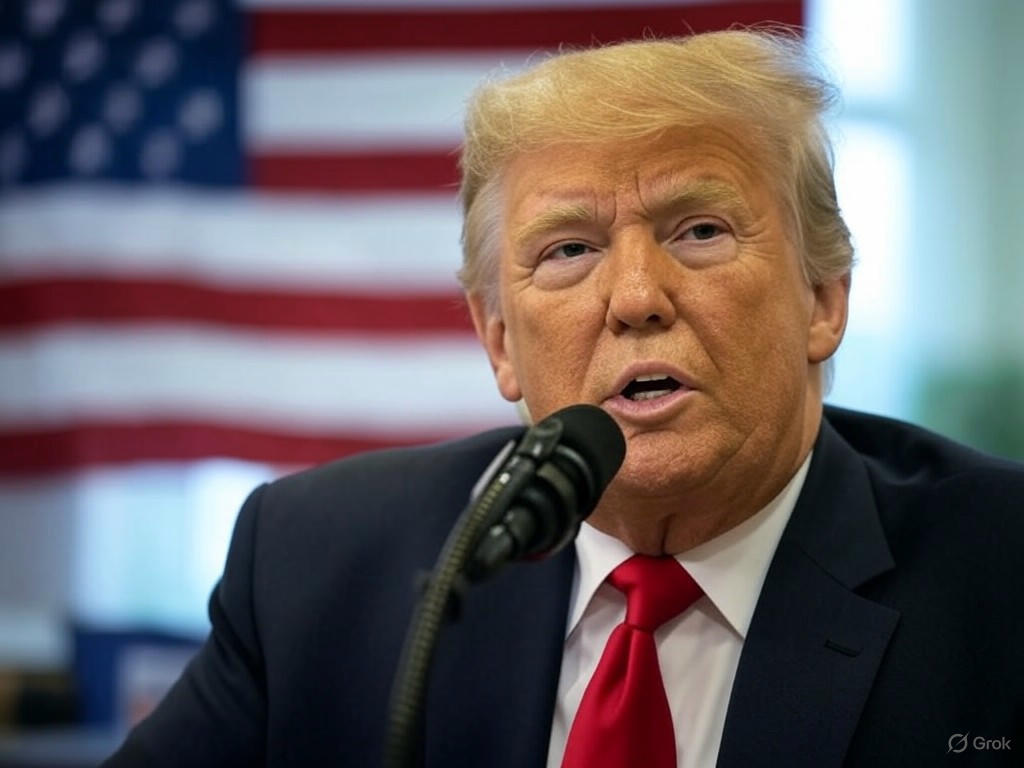In the ever-evolving landscape of American economics, former President Donald Trump has often touted tariffs as a golden key to unlocking massive investment and growth in the United States. His bold assertions paint a picture of a revitalized economy, with industries booming and dollars flowing back into American soil. Yet, as the dust settles on his policy legacy, a closer examination reveals a more nuanced reality. Are tariffs truly the economic booster Trump claims them to be, or is the story more incremental than transformative?
Delving into the data, it’s clear that tariffs—taxes imposed on imported goods—have had a measurable effect on certain sectors. During Trump’s tenure, tariffs on steel, aluminum, and various Chinese goods were positioned as protective shields for domestic industries. The logic was simple: make foreign products more expensive, and American companies would thrive in a less competitive market. Indeed, some industries, like steel manufacturing, saw a modest uptick in production and job retention. Small-scale investments in these sectors did emerge, as companies felt emboldened by the promise of reduced foreign competition. However, the broader picture tells a different story. Many economists argue that the benefits were often offset by retaliatory tariffs from trading partners like China and the European Union, which targeted American exports such as agriculture and technology. Farmers, for instance, faced steep losses as markets dried up overseas, requiring government subsidies to stay afloat.
Moreover, the ripple effects of these trade policies touched consumers in ways that were far from celebratory. Higher costs for imported goods trickled down to everyday Americans, who found themselves paying more for everything from electronics to household appliances. Businesses reliant on global supply chains also struggled with increased input costs, forcing some to scale back expansion plans or pass the burden onto customers. While Trump’s narrative often centered on a tidal wave of investment pouring into the U.S., reports suggest the actual influx was more of a trickle. Foreign direct investment did not skyrocket as promised, and many companies opted to relocate operations to countries unaffected by the trade wars, bypassing the U.S. altogether. This paints a picture of an economy nudged forward in some areas but held back in others, far from the sweeping revival Trump’s rhetoric suggested.
As we reflect on this chapter of economic policy, the lesson seems to be one of balance. Tariffs can serve as a tool to protect specific industries, but their impact is neither universal nor guaranteed. The U.S. economy is a complex web of global connections, and isolating it through trade barriers often yields mixed results. While Trump’s claims of monumental investment gains may resonate with his base, the evidence points to a more gradual, uneven effect. Moving forward, policymakers might consider a more targeted approach—pairing protective measures with strategies to mitigate consumer and business burdens. Only then can the promise of economic growth align more closely with reality, ensuring that bold claims are backed by tangible progress.
